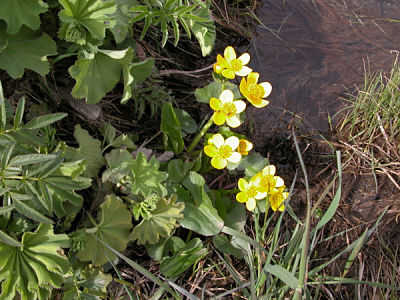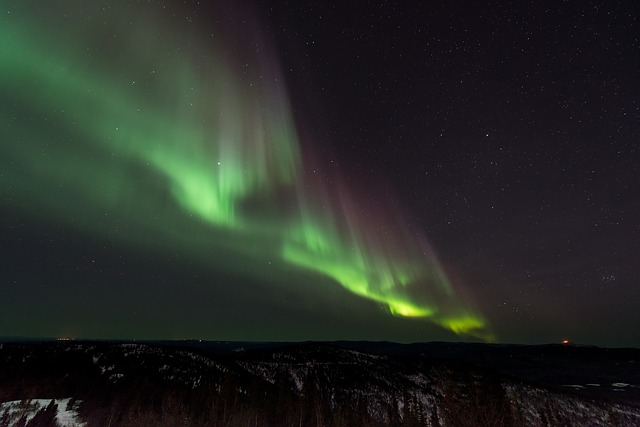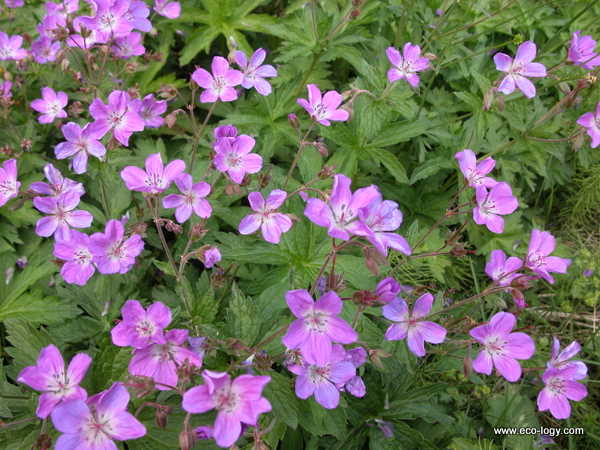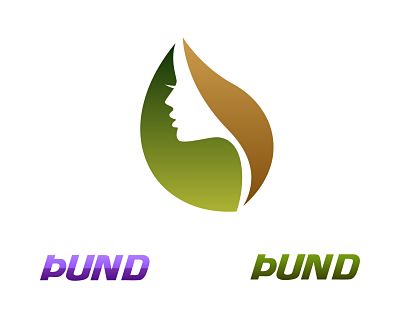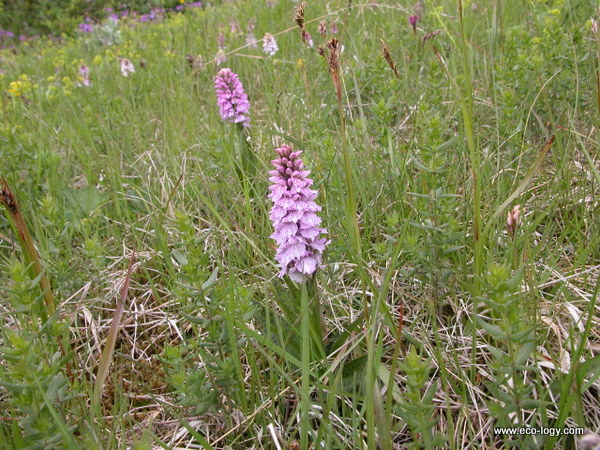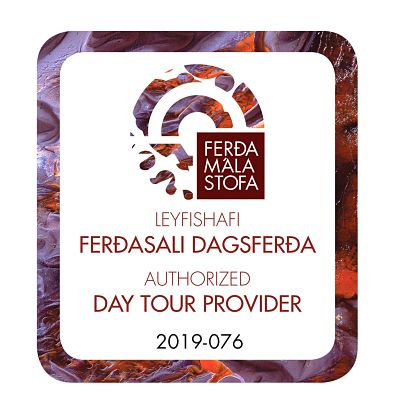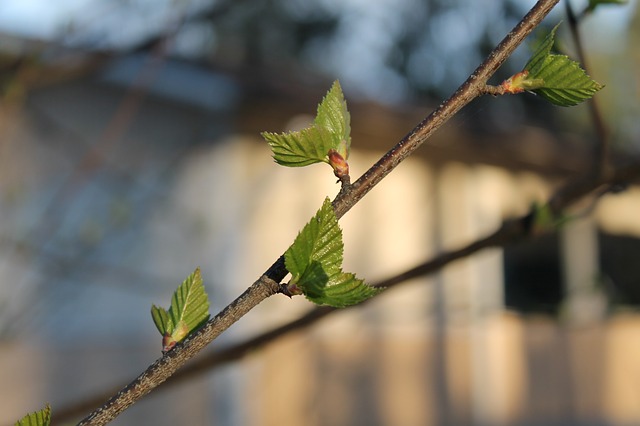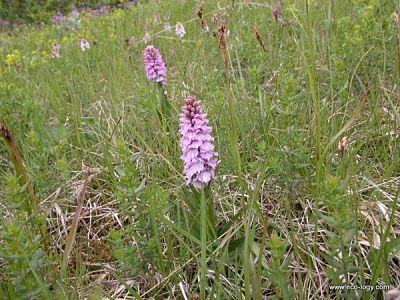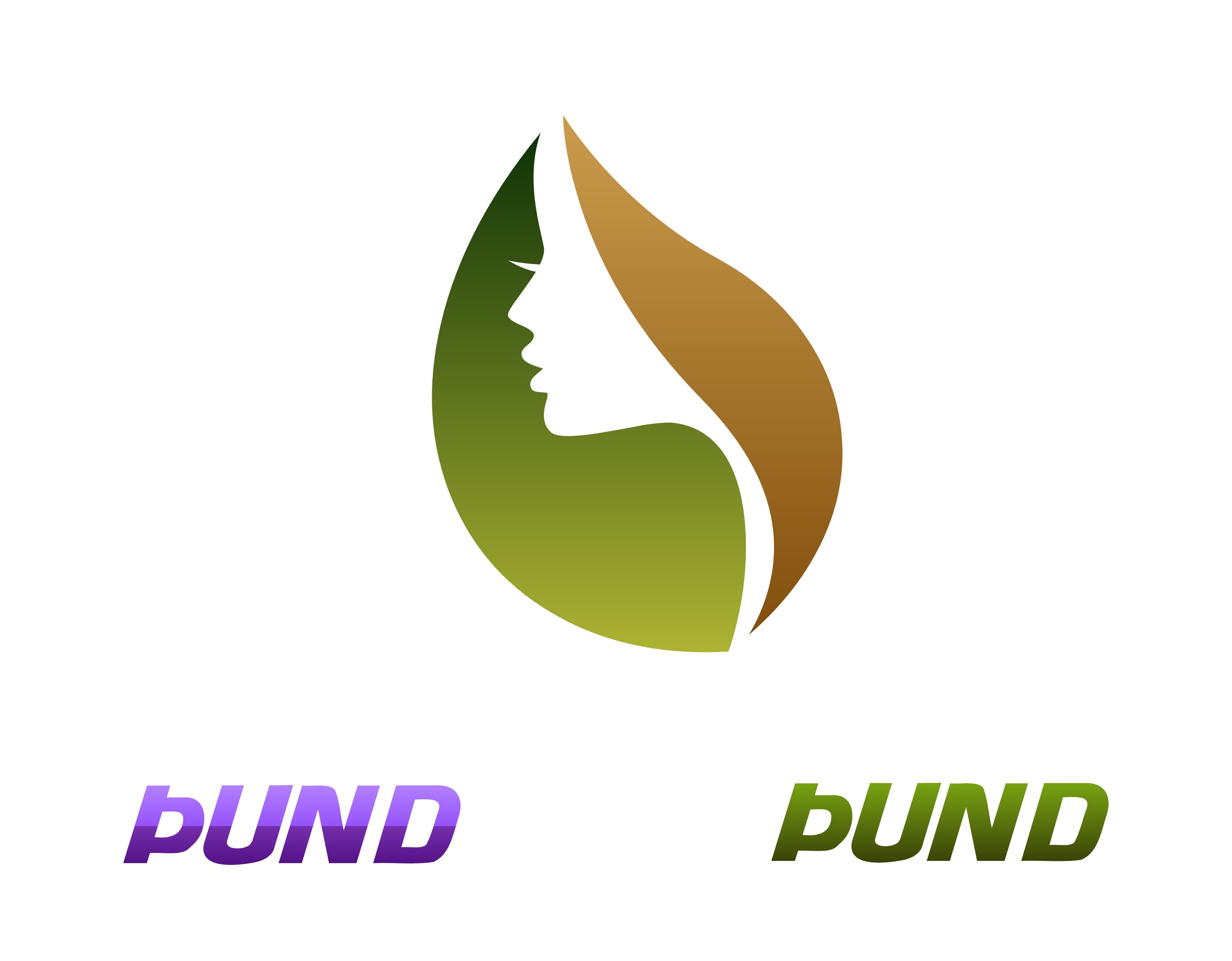Plants grown in Iceland: Cereals
Monocots occur all over the world. The largest group being the grasses, many of which are the favourite food of grazing mammals and birds. Some grasses produce large nutritious seeds that are well suited for human consumption and these grasses are called cereals. The cereals include species such as wheat, rice, maize, barley and oats.
Cultivation of cereals is on the increase in Iceland. While the early settlers of Iceland grew cereals in ploughed fields as early as the year thousand, this practice was abandoned in Iceland in the Middle Ages. Harsh climate during the Middle Ages is a likely explanation of why cereals were no longer grown in Iceland at that time. Some attempts were made to grow cereals again in Iceland in the 17th and 18th centuries. However, it was not until the 20th century that serious attempts were again made to grow cereals in Iceland. While most of the early attempts were made in South Iceland that has the mildest climate, today’s cereal production in Iceland takes place all over the country.
Barley is by far the most common cereal grown in Iceland, while wheat and oats are also grown in a few places. Cereals in Iceland are grown almost exclusively as fodder for life stock, especially for cows and pigs while in older times sheep were also fed cereals. The human population consumes only small fraction of the cereal production in Iceland and this part of the harvest is largely organic cereals.
Fáðu nýjustu fréttir og tilboð frá Þund!
Get updates and special offers from Thund!

